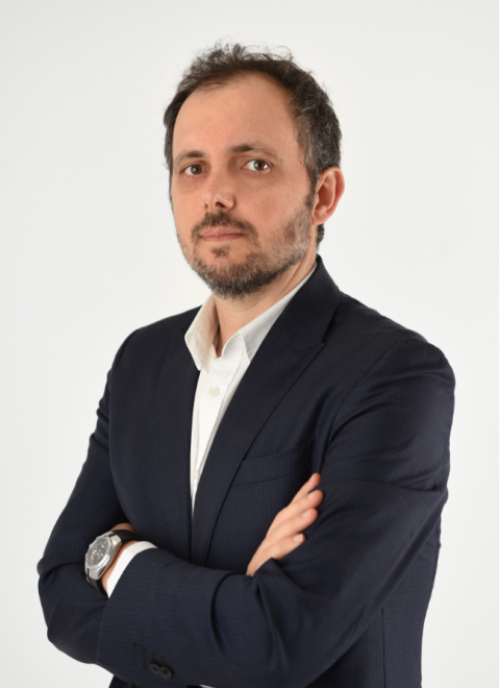What is a Life Insurance?
Life insurance appears as a way to prevent, at an economic level, the consequences of death or survival at a certain age.
The value of individual wealth includes what we call financial capital – cash, investment assets and personal assets such as houses, cars and other valuables – and human capital – the expected future income from our work – less our present liabilities and future. Each of these assets involves risk of loss. Therefore, effective individual risk management is a very important part of the financial planning process and comprises the cost-benefit analysis between expected individual wealth and security.
But life often doesn't go as expected. The future is unknown and negative events can jeopardize the value of the heritage and the security we seek for ourselves and our family.
There are several types of risk and several ways to transfer and reduce those risks. Two of these risks are the risk of premature death and the risk of longevity.
- Risk of premature death
In a context of individual financial planning, it is related to the death of an individual earlier than expected, jeopardizing future income, or human capital, essential for the financial needs and aspirations of the family, that is, of their dependents.
The greater the weight of our income in family life, the greater the risk. The family's lifestyle and expectations may be completely put into question. Needs include day-to-day expenses, savings, and even the surviving spouse's retirement.
- Longevity risk
This risk, also in the context of financial planning, is related to the length of life in retirement, namely the risk of living to an old age. Given this possibility, the existing resources and heritage may not be enough to maintain the lifestyle, pay for health-related needs and even other goals such as transferring heritage to the next generations.
The key question in this case is: How much money do I need when I retire? In order to answer, it is necessary to understand what reform the public pension system will be able to guarantee as well as the extra value needed to maintain the lifestyle and other objectives. In addition to the unpredictability of social security sustainability, there are other factors that can decisively influence this risk, namely interest rates and inflation.
To mitigate these risks, one of the main solutions available is life insurance. Using simulators and actuarial tools, it is possible to calculate in an approximate, but realistic way, the need for life insurance of an individual, that is, the need for capital to be contracted.
Simply put, life insurance is protection against the loss of human capital for those who may depend on our future individual income. The main coverages of life insurance are the risk of death or survival (or both) of one or more insured persons. Complementary coverage can include the risk of disability, accident or unemployment. These coverages are important because they can also mean loss of future income or human capital.
- In life insurance in the event of death, the insurer delivers the contracted capital to the beneficiary if the insured person dies during the period defined in the contract.
- In life insurance that covers survival risk, that is, in the case of the insured person's life, the insurer delivers the stipulated capital to the beneficiary, if the insured person is alive at the end of the contract. These insurances are usually related to savings and financial investment. In this case, the beneficiary may be the insured person himself.
There are also mixed modalities that consider both situations, that is, the insurer pays in case of death and in case of life of the insured person, although, in general, with different capitals, that is, a capital in the event of death and one for life.
Capital, as we have already seen, can and should be estimated and not contracted at random. Naturally, the greater the contracted capital, the greater the premium value, that is, the price of insurance to be paid by the policyholder. To calculate this premium, insurers use several factors, including tables related to expected mortality (mortality table or actuarial table). These tables are adjusted with the specific factors of the insured person such as age, the health history of the insured person as well as that of the family, habits and profession, among others.
It is important to emphasize that the financial plan will not be complete if, in addition to the investment portfolio, the emergency fund and the definition of objectives, preferences and restrictions, we do not also have insurance as valid options for managing and transferring risks.
We have already seen that, in the case of a portfolio, there are several types of insurance available to investors: diversification, setting objectives, investing based on these defined objectives, systematic savings, optimism and the time factor.
But these alternative insurances must be complemented and optimized with life insurance. For more information on the procedures and ways of triggering a life insurance policy, you can consult the ASF website, as well as the Todos Contam website.
Prevention is the raison d'être of insurance. The random character of the loss justifies our attention to understanding the need for life insurance and what value is needed for protection to be optimized and personalized.

Protect yourself against what you cannot control and do not jeopardize the value of heritage and everyone's safety. Protect your family - take out Life Insurance!

Vítor is a CFA® charterholder, entrepreneur, music lover and with a dream of building a true investment and financial planning ecosystem at the service of families and organizations.
+351 939873441 (Vítor Mário Ribeiro, CFA)
+351 938438594 (Luís Silva)
Future Proof is an Appointed Representative of Banco Invest, S.A.. It is registered at CMVM.

